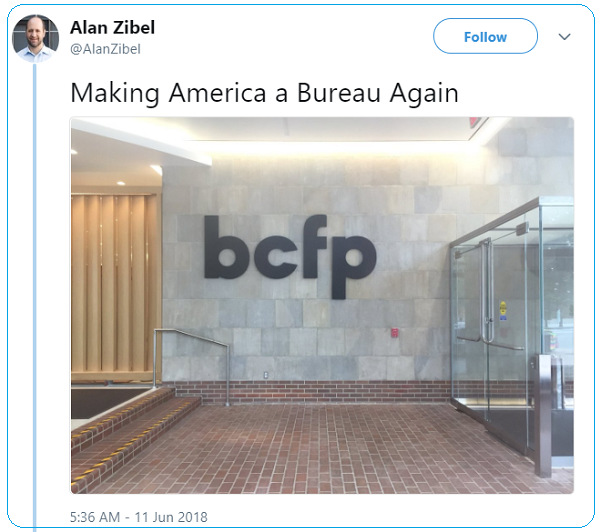Most Americans Are Still ‘Woefully Under-Saved’

Five years after the Great Recession, most Americans still haven’t established firm financial footing.
Only 22 percent of Americans have enough emergency savings to cover the recommended six months’ worth of expenses, according to a new report from Bankrate.com.
Of those surveyed, 21 percent had less than three months’ expenses saved.
Related: Americans Low Savings Rate a Bad Sign for Good Economy
“These results are further evidence that Americans remain woefully under-saved for unplanned expenses, and rather than progressing, are moving in the wrong direction,” Bankrate chief financial analyst Greg McBride said in a statement.
The number of Americans without any emergency savings reached a five-year high of 29 percent, up from 26 percent last year. Nearly a quarter of Americans said their savings had deteriorated in the past year.
Six months of emergency savings is the minimum amount recommended by many planners. Those with children or who have poor health or poor job security may need to an even larger emergency fund.
When an emergency hits those without an emergency fund, they often use credit cards or dip into retirement savings, both pricey options that can lead to further financial hardship.
A separate study released last month by BMO Harris Premier Services found that three quarters of consumers had dipped into their rainy day fund, with unexpected car and home repairs the most common reason cited.
Of those who had used emergency funds, about half replenished their savings within six months, while 20 percent never replaced the savings they had used.
GOP Tax Cuts Getting Less Popular, Poll Finds

Friday marked the six-month anniversary of President Trump’s signing the Republican tax overhaul into law, and public opinion of the law is moving in the wrong direction for the GOP. A Monmouth University survey conducted earlier this month found that 34 percent of the public approves of the tax reform passed by Republicans late last year, while 41 percent disapprove. Approval has fallen by 6 points since late April and disapproval has slipped 3 points. The percentage of people who aren’t sure how they feel about the plan has risen from 16 percent in April to 24 percent this month.
Other findings from the poll of 806 U.S. adults:
- 19 percent approve of the job Congress is doing; 67 percent disapprove
- 40 percent say the country is heading in the right direction, up from 33 percent in April
- Democrats hold a 7-point edge in a generic House ballot
Special Tax Break Zones Defined for All 50 States

The U.S. Treasury has approved the final group of opportunity zones, which offer tax incentives for investments made in low-income areas. The zones were created by the tax law signed in December.
Bill Lucia of Route Fifty has some details: “Treasury says that nearly 35 million people live in the designated zones and that census tracts in the zones have an average poverty rate of about 32 percent based on figures from 2011 to 2015, compared to a rate of 17 percent for the average U.S. census tract.”
Click here to explore the dynamic map of the zones on the U.S. Treasury website.
Map of the Day: Affordable Care Act Premiums Since 2014

Axios breaks down how monthly premiums on benchmark Affordable Care Act policies have risen state by state since 2014. The average increase: $481.
Obamacare Repeal Would Lead to 17.1 Million More Uninsured in 2019: Study

A new analysis by the Urban Institute finds that if the Affordable Care Act were eliminated entirely, the number of uninsured would rise by 17.1 million — or 50 percent — in 2019. The study also found that federal spending would be reduced by almost $147 billion next year if the ACA were fully repealed.
Your Tax Dollars at Work

Mick Mulvaney has been running the Consumer Financial Protection Bureau since last November, and by all accounts the South Carolina conservative is none too happy with the agency charged with protecting citizens from fraud in the financial industry. The Hill recently wrote up “five ways Mulvaney is cracking down on his own agency,” and they include dropping cases against payday lenders, dismissing three advisory boards and an effort to rebrand the operation as the Bureau of Consumer Financial Protection — a move critics say is intended to deemphasize the consumer part of the agency’s mission.
Mulvaney recently scored a small victory on the last point, changing the sign in the agency’s building to the new initials. “The Consumer Financial Protection Bureau does not exist,” Mulvaney told Congress in April, and now he’s proven the point, at least when it comes to the sign in his lobby (h/t to Vox and thanks to Alan Zibel of Public Citizen for the photo, via Twitter).



